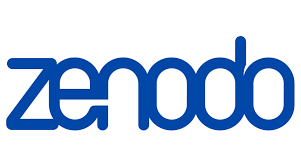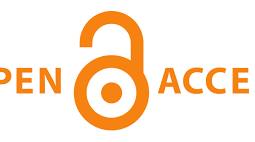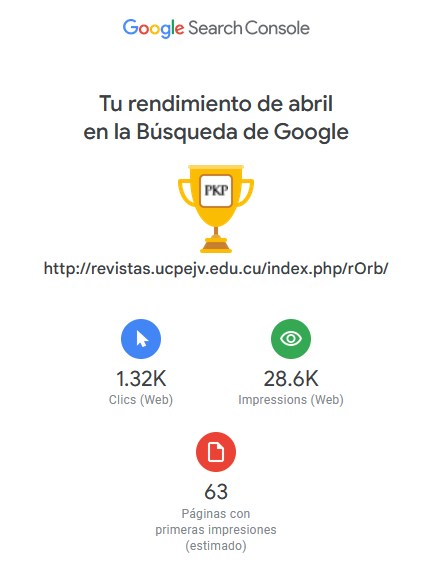Análisis semiótico de videos en la resolución de problemas de la física para estudiantes de preuniversitario.
Semiotic analysis of videos in the resolution of physics problems for pre-university students.
Resumen
El mundo de hoy está caracterizado por el desarrollo electrónico en las diferentes esferas sociales. Cuba no está exenta a esta situación. Escuelas nuevas, excelentes materiales de estudios y la aplicación de los nuevos programas de la revolución ponen al maestro en condiciones para lograr resultados muy superiores a todo el quehacer precedente. La computadora permite automatizar el procesamiento de datos e inmediatamente presentar los resultados en forma gráfica y de ecuaciones, su empleo en un experimento contribuye a elevar su calidad, por otras razones relacionadas con objetivos fundamentales del proceso de enseñanza aprendizaje de la Ciencia. También el análisis semiótico sobre el texto constituido por la simulación, a partir de la triada de Peirce, origina el fenómeno por el cual un signo da nacimiento a otro signo y, especialmente, un pensamiento da nacimiento a otro pensamiento. En el trabajo se pretende presentar y ejemplificar cómo hacer uso del software Tracker, IDES y GeoGebra con una pequeña descripción desde la semiótica de su significado, permitiendo hacer el análisis de videos relacionados con la vida práctica en el curso Optativo de la Carrera de Licenciatura en Educación. Física, siendo el mismo una herramienta poderosa para el desarrollo del proceso enseñanza aprendizaje de la Física.
Palabras clave: Semiótica, análisis de videos, modelo, tracker
Abstract
Today's world is characterized by electronic development in different social spheres. Cuba is not exempt from this situation, the country is going through a colossal battle of ideas, and the educational work of the Revolution and its transformations is irrefutable proof of this assertion. New schools, excellent study materials and the application of the new programs of the revolution put the teacher in a position to achieve results superior to all the previous work. The computer allows automating the processing of data and immediately presenting the results in graphical form and equations, its use in an experiment contributes to raising its quality, for other reasons related to fundamental objectives of the teaching-learning process of Science. Also the semiotic analysis on the text constituted by the simulation, from the Peirce triad, originates the phenomenon by which a sign gives birth to another sign and, especially, a thought gives birth to another thought. In this process of meanings can be seen as interrelated cultural units with each other, considering the different interpret involved in the teaching-learning process. The aim of the paper is to present how to make use of Tracker, IDES and GeoGebra software with a small description from the semiotic of its meaning, allowing the analysis of videos related to practical life.
Keyword: Semiotics, video analysis, model, tracker
Recibido noviembre 2017 Aprobado marzo 2018
Derechos de autor 2022 Órbita científica

Esta obra está bajo licencia internacional Creative Commons Reconocimiento-NoComercial 4.0.










